The State of Disc Golf: Disc Golf Con

Throughout the course of the State of Disc Golf survey results bogs, I’ve mentioned the effects of the pandemic on our sport. Everything from supply issues affecting our purchases to our attendance at tournaments were affected to some degree by Covid-19. Infinite Discs was no different.
If you’ve been shopping with Infinite, or have been following our social media, you’ll know that the past two years have been challenging and at time frustrating as we grappled with supply chain issues. Just as the number of people who were playing disc golf skyrocketed, many of our suppliers were having trouble making the products that we, and other retailers, desperately wanted to have to sell to our customers.
While all retailers were in the same boat when it came to keeping stocked with the discs we wanted, there was one aspect of the pandemic that cut a little deeper for us. That would be the forced postponement of what was to be the inaugural Disc Golf Con.
Disc Golf Con
In case you aren’t familiar with Disc Golf Con, it was going to be a convention dedicated to the fans of disc golf. There were going to be flymarts with vendors selling disc golf goodies, professional disc golfers running a variety of clinics, limited edition discs for attendees, the option to caddy for pros, the option to play with the pros, and it would have opportunities to attend panels and a swap meet. Attendees would also have the opportunity to watch the top pros in our sport play for $84,000 cash!
The Disc Golf Con (DGC) was going to be held in Las Vegas in conjunction with the Las Vegas Challenge. We worked hard to prepare for the DGC. We worked with pros, a hotel/convention center, and Wild Horse Golf Course to plan for a successful convention. Then, in January came a spike in the number Covid-19 cases and the decision was made to postpone DGC until 2023.
While it was very disappointing to put in the work preparing for the DGC, only to have it postponed, we also feel like we learned a lot and the inaugural event next year will be better because of our experiences. Which brings us to the topic of this week’s survey results: your thoughts about Disc Golf Con.
Were You Going?
In our survey we asked several questions about the Disc Golf Con. We asked if you had been planning on attending, and if not, what might make you change your mind. We also asked about your opinions on several aspects of the convention that we had planned. Below are the results.
The first question we asked was simply, “Were you planning on attending the Inaugural Disc Golf Con?”
Here are the results:

While only a small percentage of us indicated that we were planning on attending for sure, we were confident that those numbers would rise as the convention got closer. Between those who had already purchased tickets, those on the fence, and those who were just learning about DGC, we felt like there would be enough people attend to make the convention a success.
Not Going to Attend
The next thing we wanted to find out in the survey was why people weren’t going to attend. We had a list of responses, and allowed people to add their reasons if they weren’t on our list. The overwhelming majority of the ‘other’ responses were because of scheduling or responsibilities that prevented people from getting time off to attend. Many people chose more than one answer. Here are the results of the options offered:

The most popular answer is location. We’ll explore that a little more in the next section. The next highest answer is time. You would definitely have to use some vacation days to attend a multi-day event. Ten percent of us are still concerned about the pandemic, and nearly 20% of us wouldn’t attend because of the costs.
Motivation
The next question was for people who indicated that they definitely were not attending DGC. We asked what it would take for them to attend. Since it took a while to get through all of the answers!
After dismissing all of the responses that wouldn’t ever happen, such as covering for people at their job while they were in Vegas or babysitting for them, we were left with a good idea of what would get the most people to attend. Below is a list of the top 5 answers.

Hands down, the top response was location. Not that everyone disliked Vegas in general, although many specifically mentioned that they didn’t want to go there. It was mainly just too inconvenient to travel that far to attend a convention. Many in the survey indicated that they would attend a regional disc golf convention. Others said it would have to be in their home town for them to attend. While having a DGC in every major city would be impossible, having one more centrally located is something to consider.
The second most popular response was concerns about Covid. Some people were concerned about being around that many people at an indoor event. Others were mainly concerned about traveling in a plane during a pandemic. We sincerely hope that Covid will be much less of a factor next year.
The next three responses on the list are things could be considered and/or implemented. They are: Virtual options, all-inclusive packages (flight, hotel, tickets to the convention, etc.), and more unique swag.
Ticket Pricing
The next DGC-related question concerned the cost for tickets to the convention. We put a lot of thought into the ticket pricing, given everything you would get for your ticket. We felt it was a fair price, and certainly in the range of other large conventions. Here are how those who were not attending thought about the ticket prices.

Over half of the respondents either thought that the price was what we could expect for a convention of this size, or that the price wasn’t preventing them from attending. Over 46% indicated that they would pay less than $100 for tickets, with about 20% saying they would buy tickets if they were under $50, and nearly 27% saying they would spend between $50-100 for tickets.
Excited/Don’t Care
The final question about DGC we wanted to cover in the survey was to see which aspects of the convention appealed to you. We asked you to rank those events on a scale from ‘Don’t Care’ to ‘Very Excited’
Let’s start with the list of events that respondents are very excited about. Below is the list. I was surprised to see the high-stakes rounds rank so low. That was one of the things I was most looking forward to! Topping the list is people’s desire to get something unique from the event.

Conversely, below is the list of things that are the least appealing:

DGC Next Year
We are looking forward to next year and the inaugural Disc Golf Con. We are already planning and preparing so we can make sure it is a memorable event, and one that will grow and become better in the future. We’ll start making announcements as soon as we can. We sure hope to see you there!





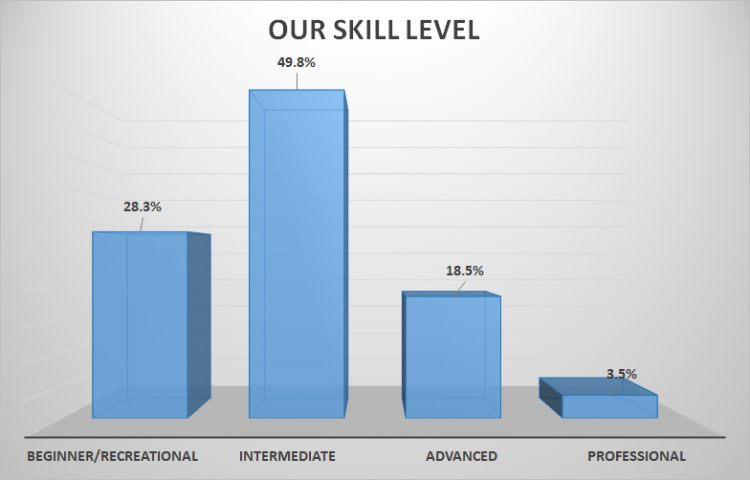













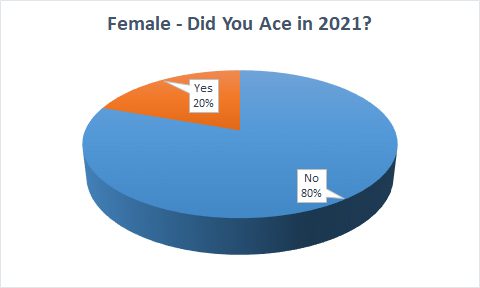
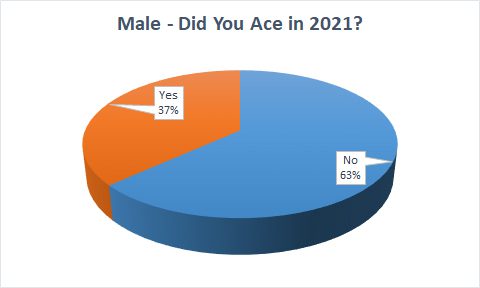






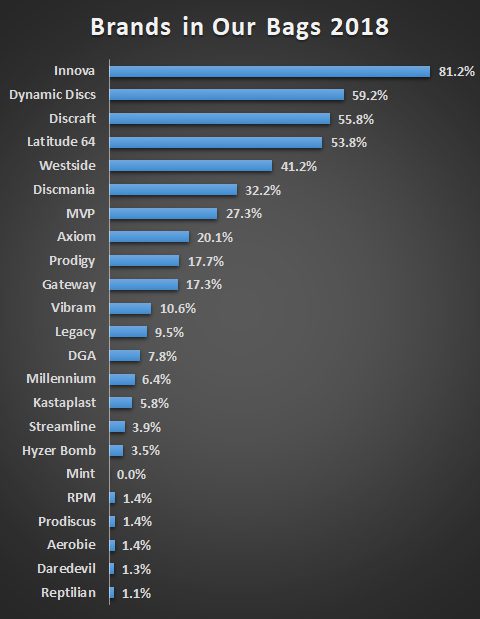


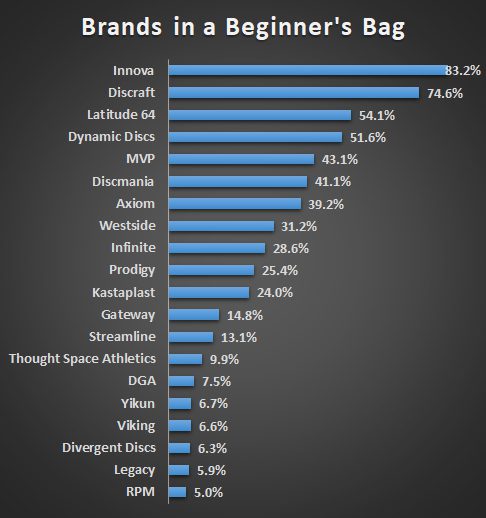









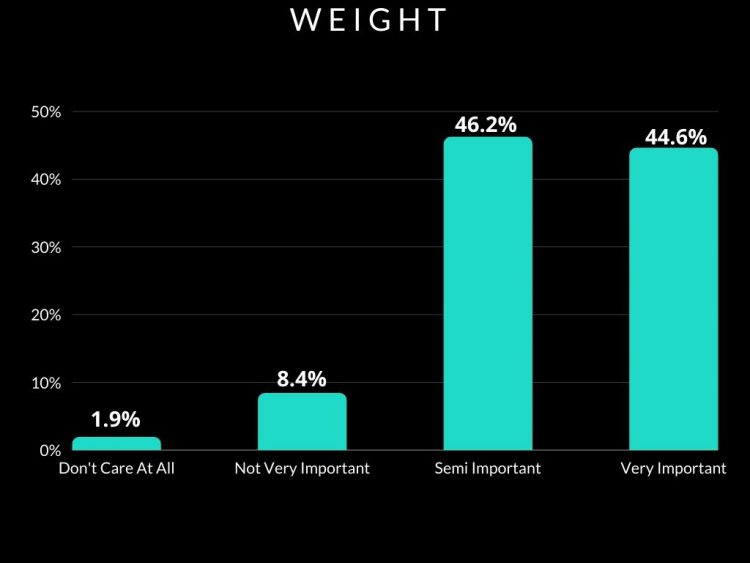













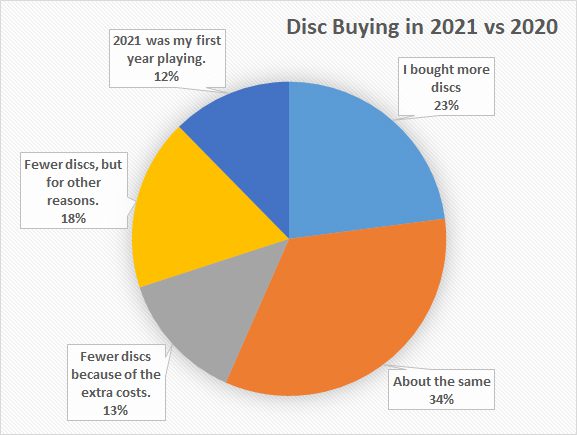

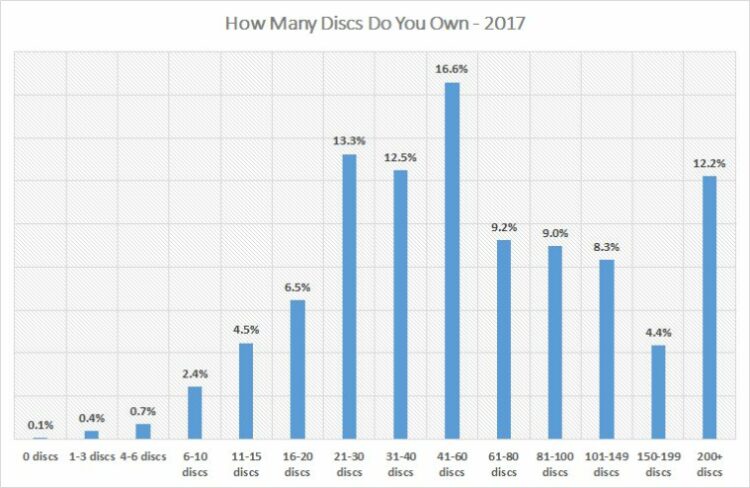

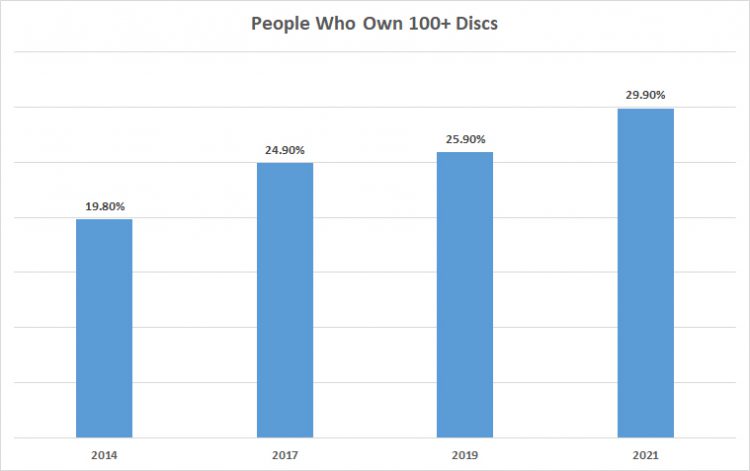

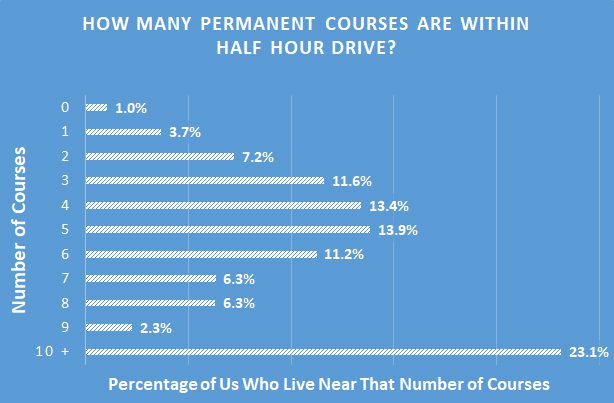

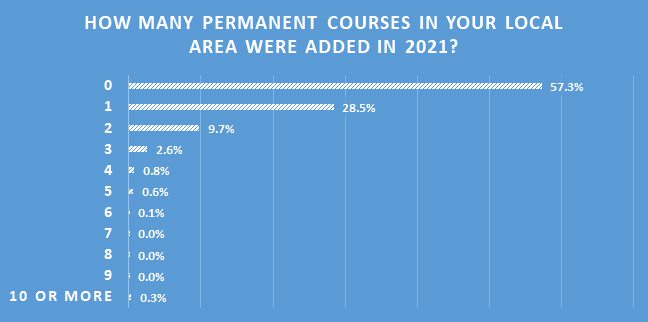



 graphics. That was the humble beginning of what has become a post-produced video juggernaut that is Jomez Pro.
graphics. That was the humble beginning of what has become a post-produced video juggernaut that is Jomez Pro.




